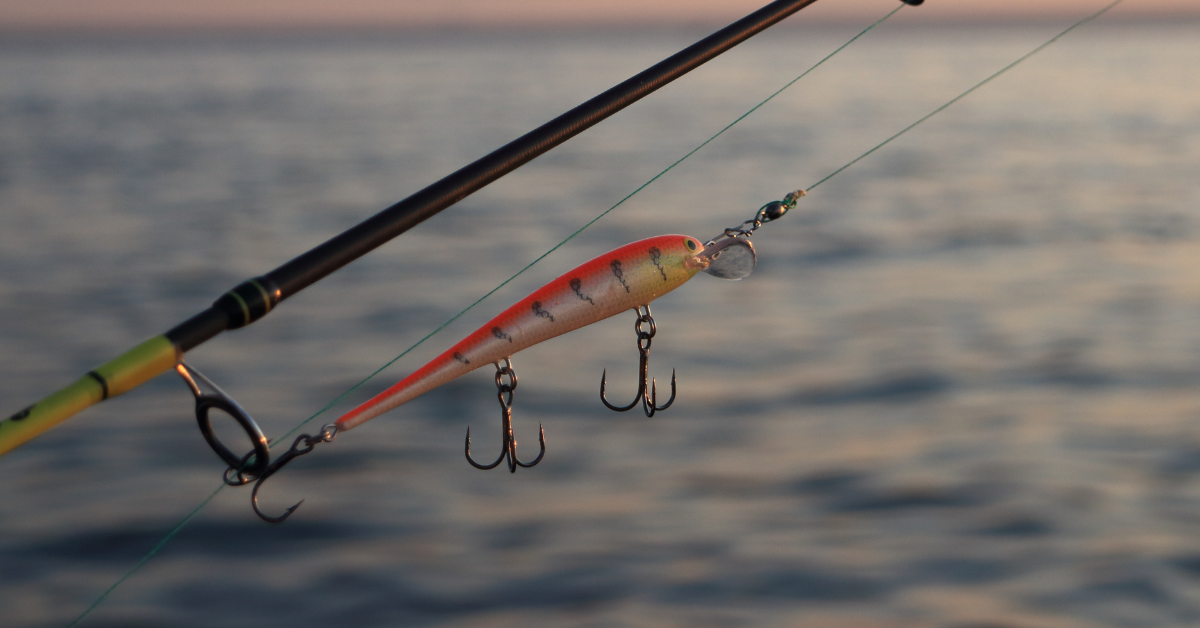Jetty Fishing For Monster Fall Redfish
What You Need.
Let’s start with the rod. I found that the best rod to use is a medium-heavy action, 7 1/2-foot rod with a larger size reel due to both the rocks and the larger fish that I know I’ll catch. The stiffness of the rod allows me to make sure that the fish has taken the bait and hooked before I set the hook. With a light rod, many times I would try to set the hook prematurely. I like to use a 50# test mono line, about 10-12 inches long for my leader with a 30# braid line on a 2500 reel. I use the heavier leader in the event I have to horse the fish out of the rocks.
When it comes to lures, your choice is endless. I keep a wide array of colors, shapes, and sizes, I keep changing them up until I start getting consistent Redfish hits.

Location And Why Now?
You may be interested

Sight Fishing Like A Pro
Tim Wilson - June 19, 2025Sight fishing can be a rush when done right. It’s taking your inshore fishing to the next level with a dose of adrenaline. It requires great upper-level…

My Fishing Spot’s Better Than Yours…..Increase Your Your Hotspots
Tim Wilson - June 9, 2025Every angler has their favorite go-to spots—the kind of place where they landed great fish just a few months back. It might be a familiar dock or…

Pre-Planning For the Next Day’s Fishing Trip Like a Pro
Tim Wilson - June 9, 2025While many saltwater anglers just roll out of bed and head to the boat ramp, the top-notch fisherman has a different approach. It starts before the day…








